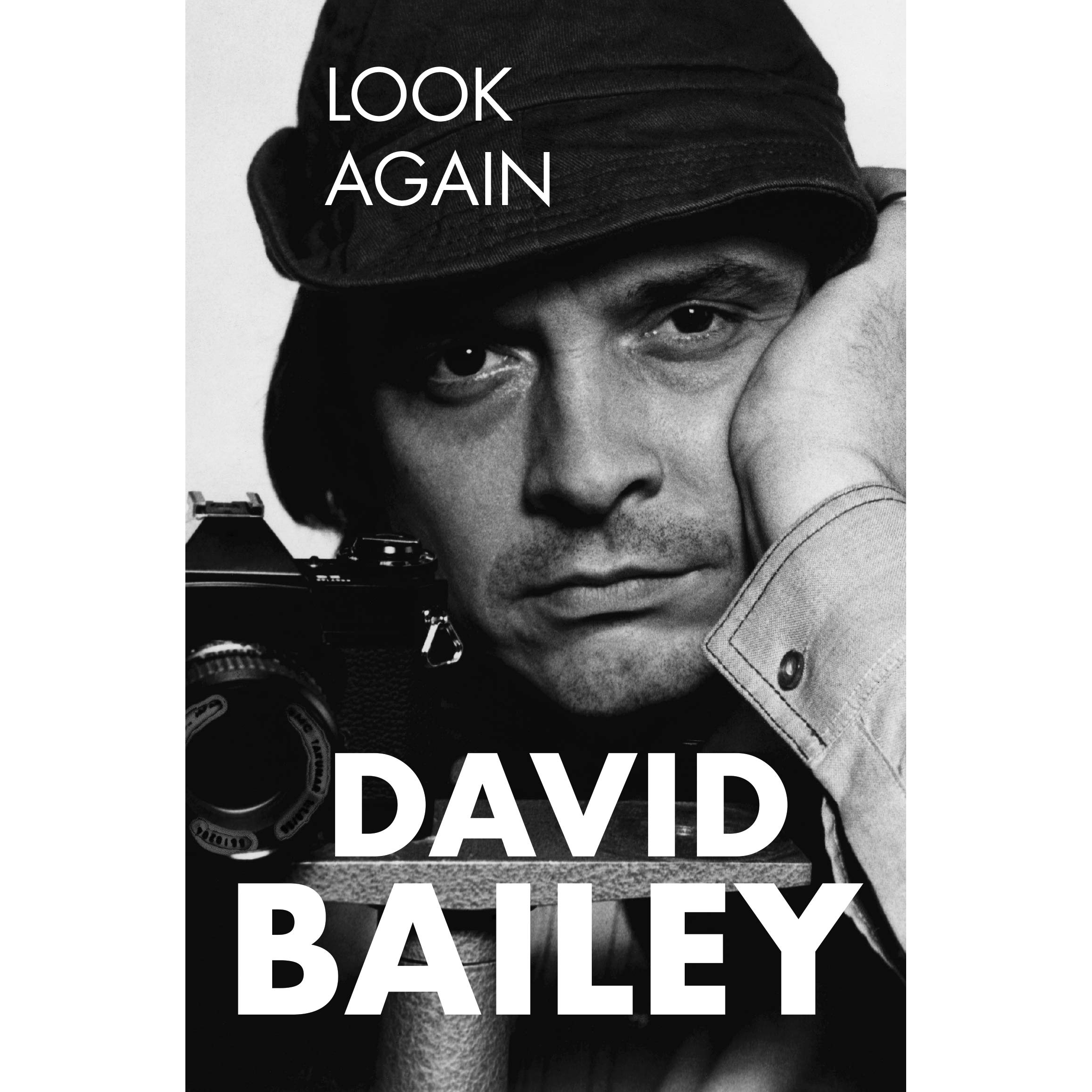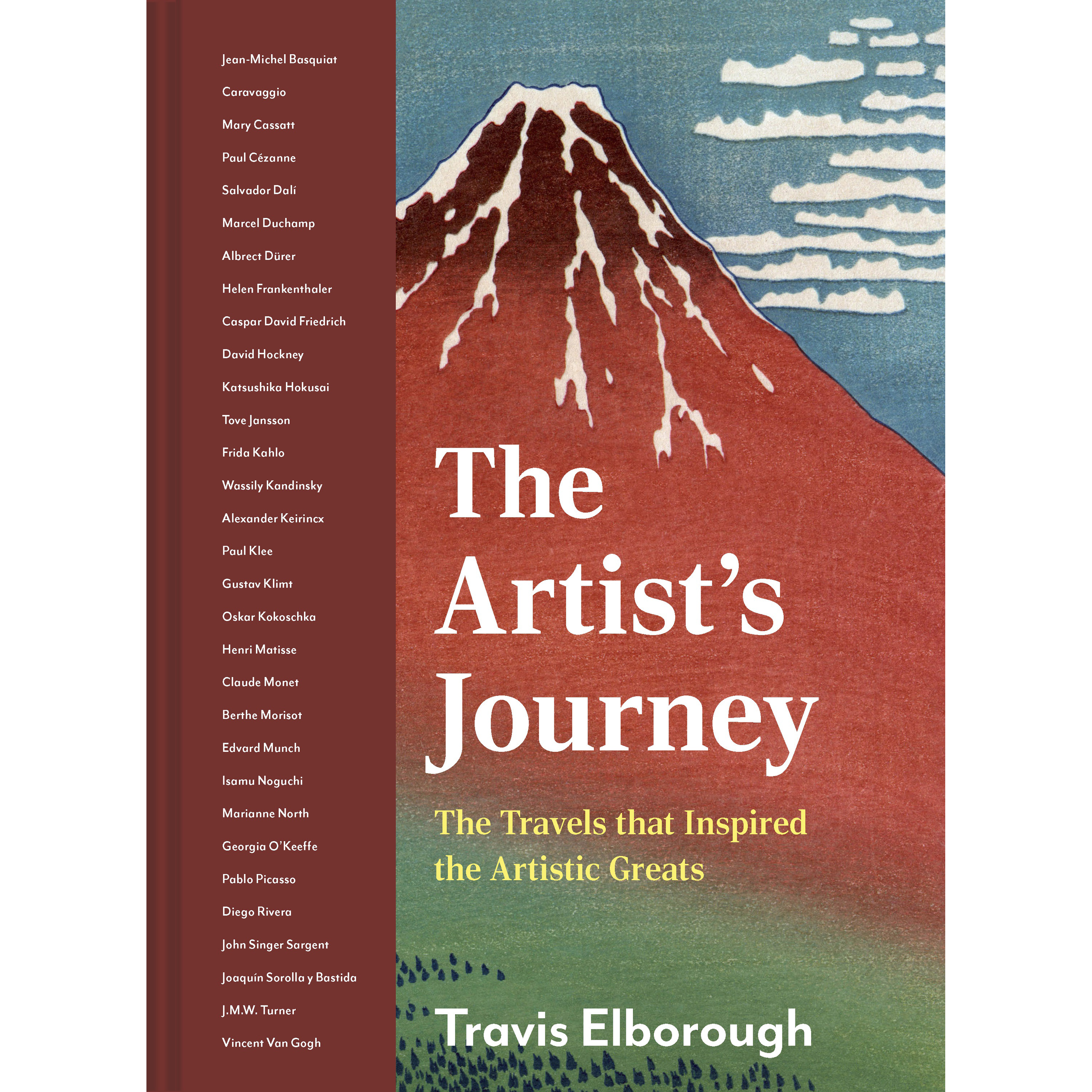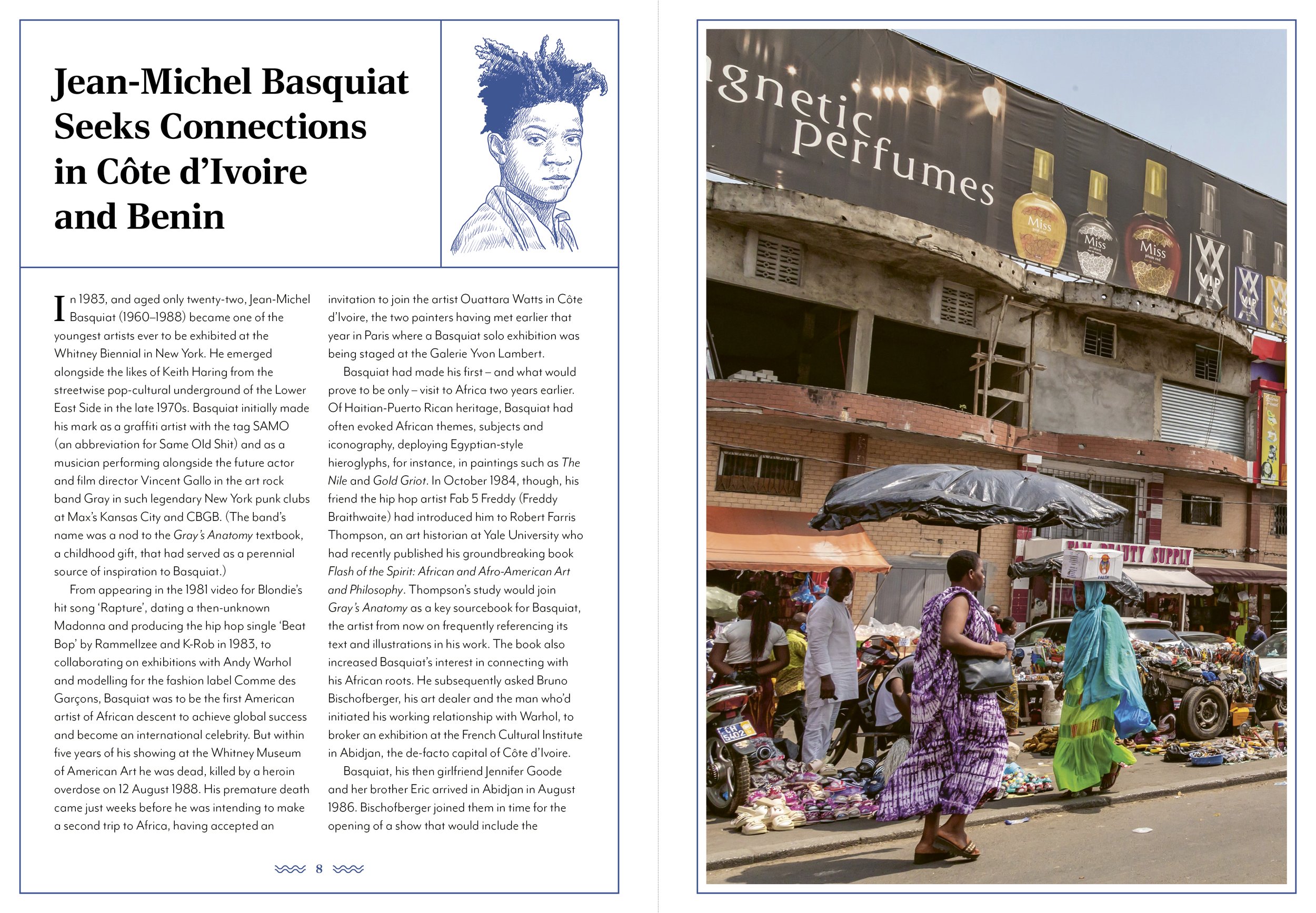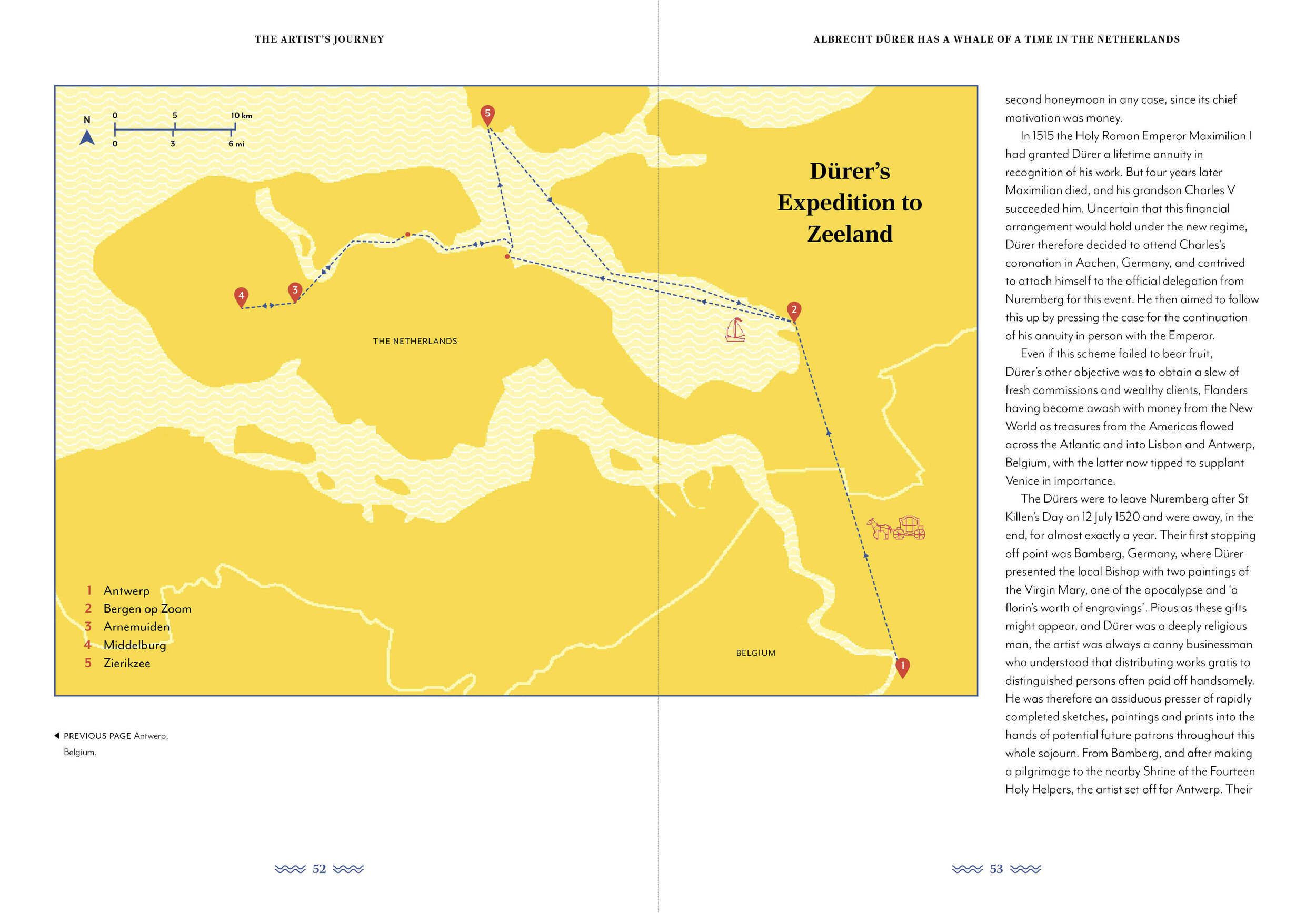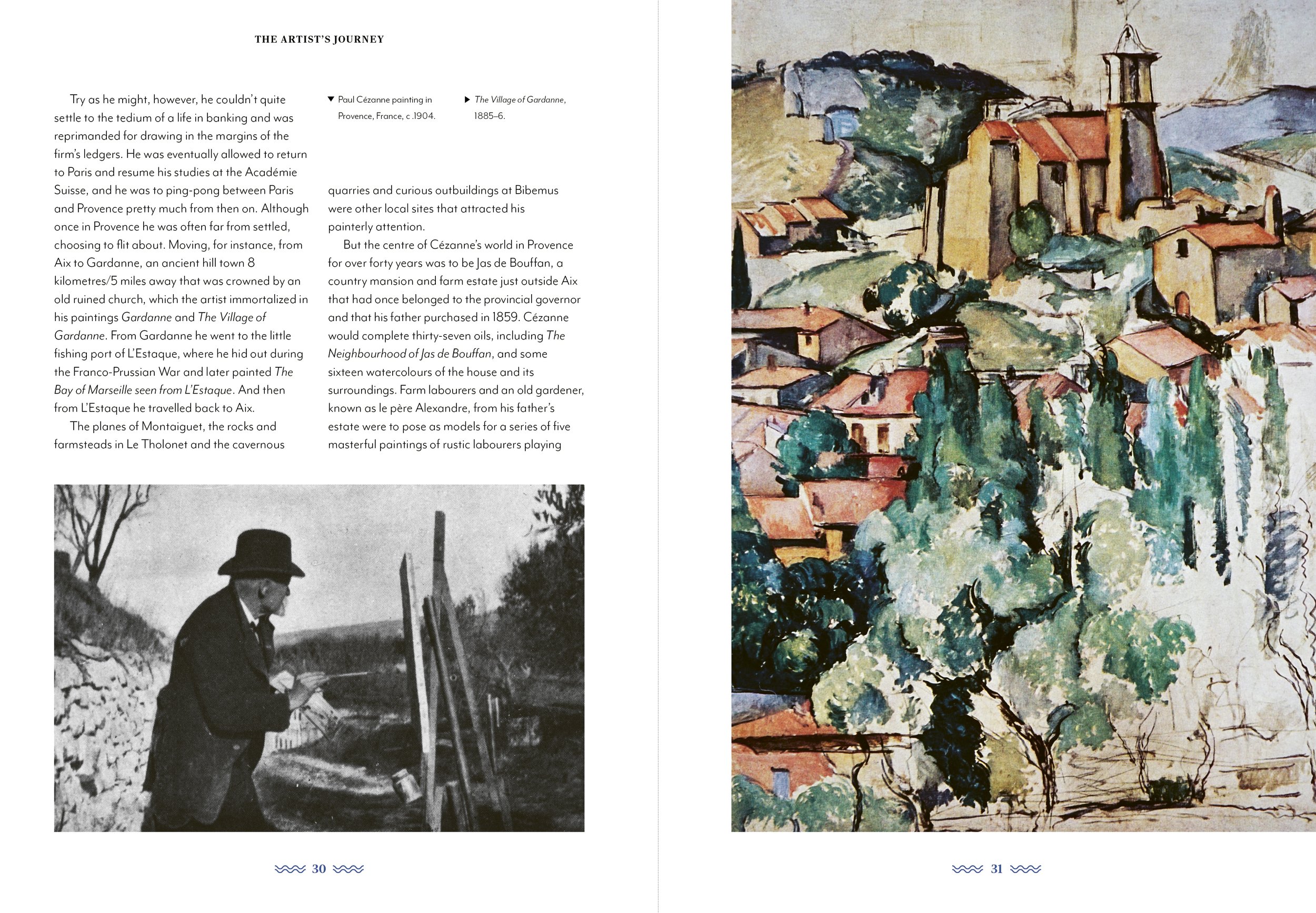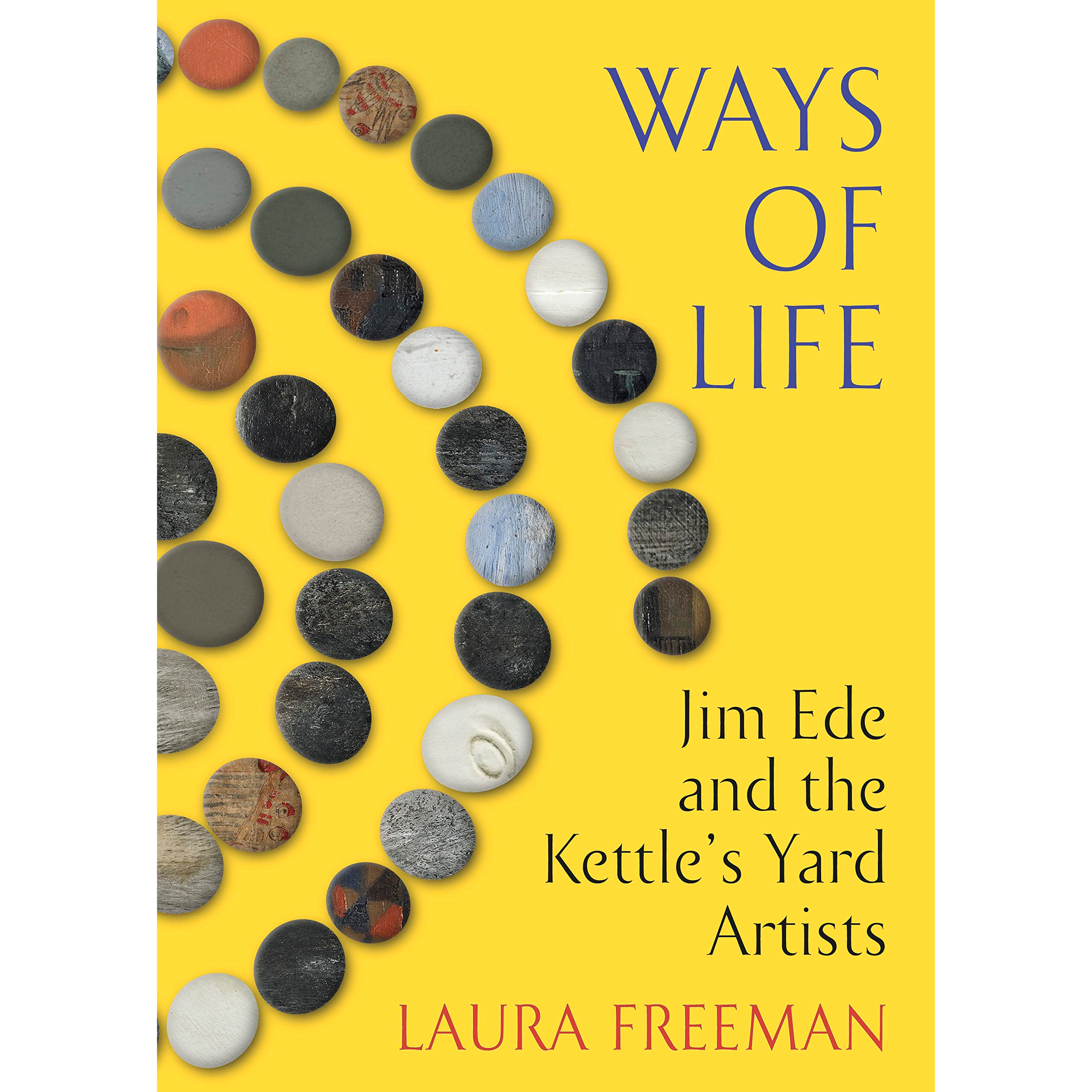 Image 1 of 4
Image 1 of 4

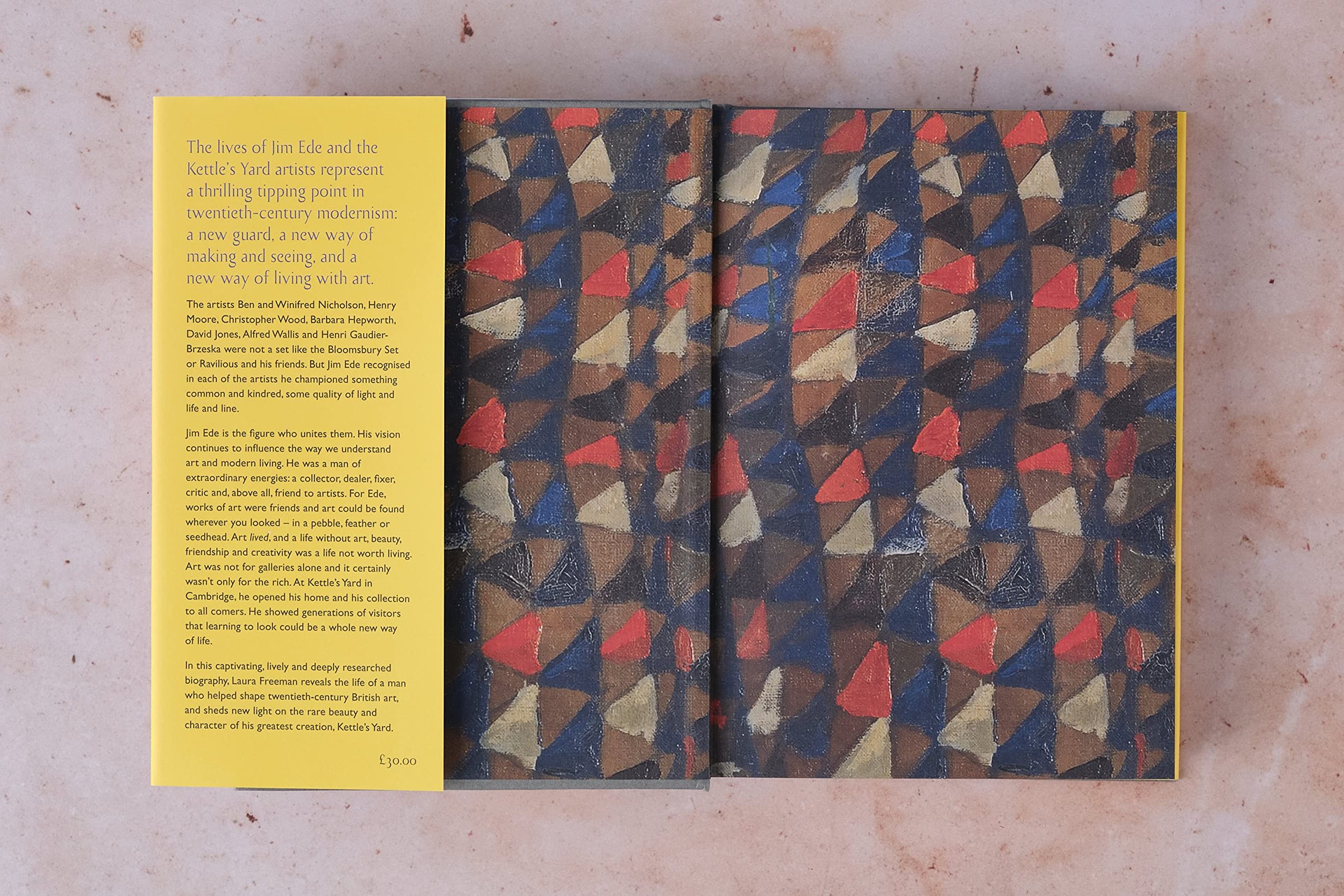 Image 2 of 4
Image 2 of 4

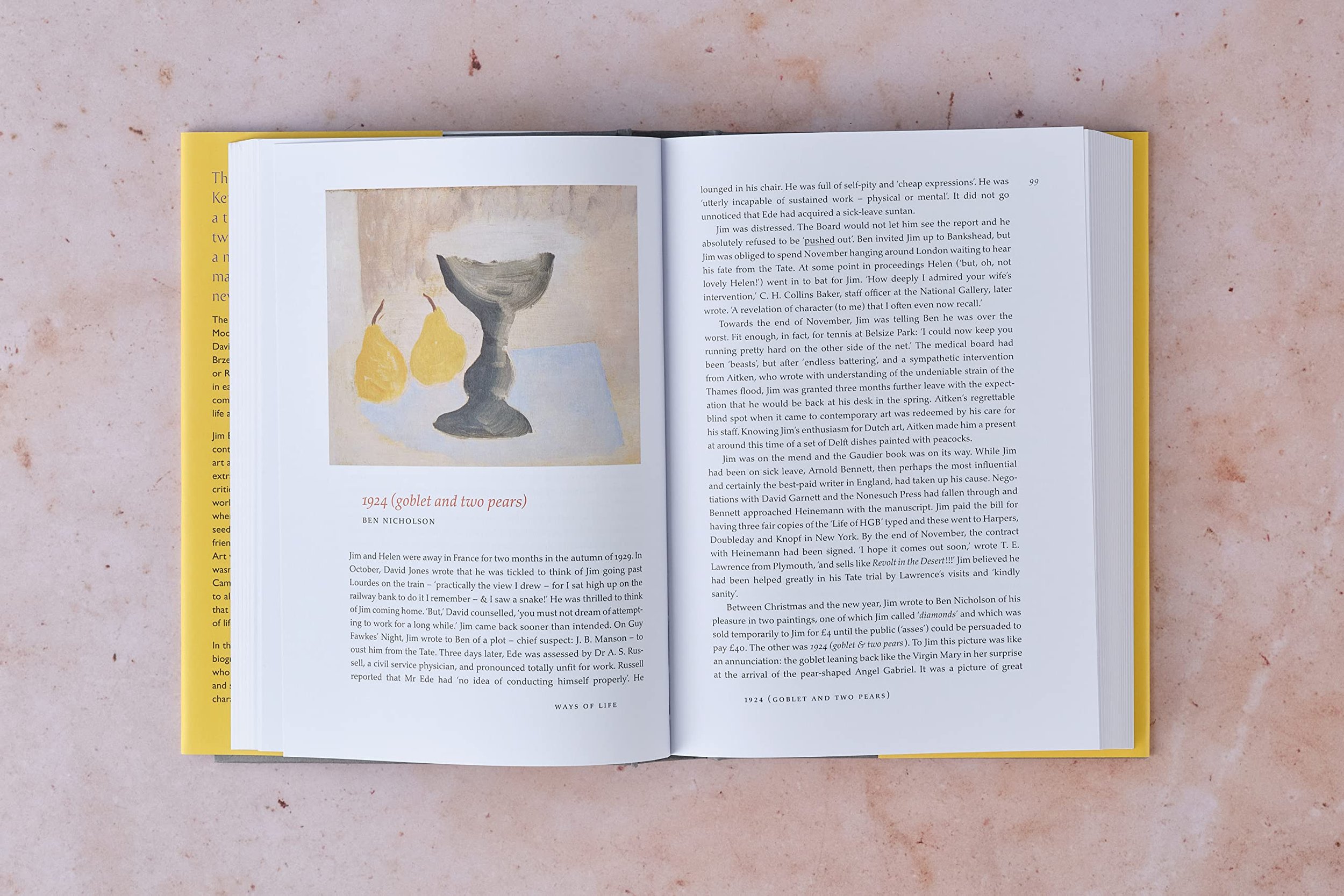 Image 3 of 4
Image 3 of 4

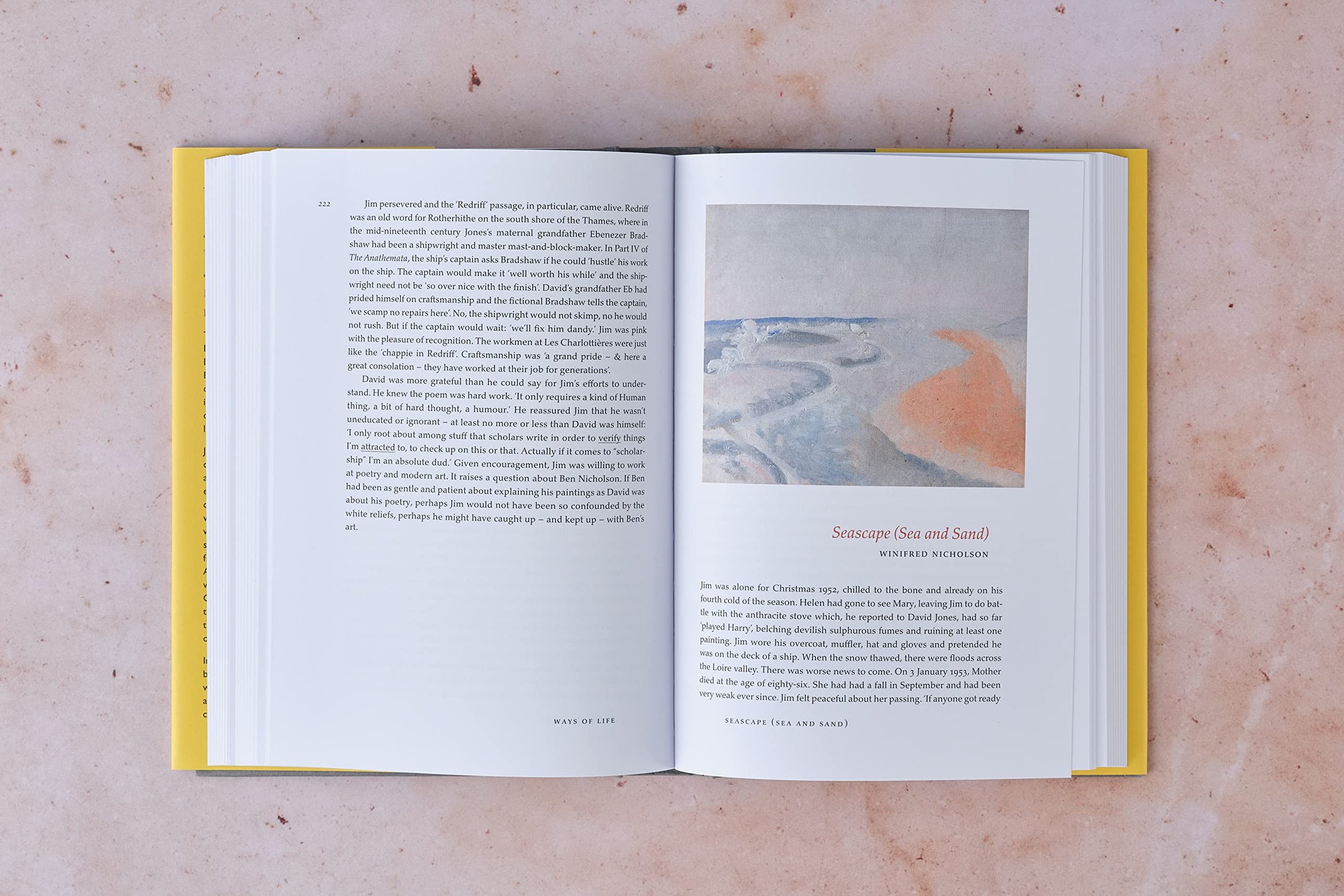 Image 4 of 4
Image 4 of 4





Ways of Life
Ways of Life: Jim Ede and the Kettle's Yard Artists | By Laura Freeman
In this first biography of the Kettle's Yard artists, Laura Freeman reveals the life of a visionary who helped shape twentieth-century British artThe lives of Jim Ede and the Kettle's Yard artists represent a thrilling tipping point in twentieth-century modernism: a new guard, a new way of making and seeing, and a new way of living with art. The artists Ben and Winifred Nicholson, Henry Moore, Barbara Hepworth, Alfred Wallis and Henri Gaudier-Brzeska were not a set like the Bloomsbury Set or Ravilious and his friends.
But Jim Ede recognised in each of the artists he championed something common and kindred, some quality of light and life and line. Jim Ede is the figure who unites them. His vision continues to influence the way we understand art and modern living.
He was a man of extraordinary energies: a collector, dealer, fixer, critic and, above all, friend to artists. For Ede, works of art were friends and art could be found wherever you looked - in a pebble, feather or seedhead. Art lived and a life without art, beauty, friendship and creativity was a life not worth living.
Art was not for galleries alone and it certainly wasn't only for the rich. At Kettle's Yard in Cambridge, he opened his home and his collection to all comers. He showed generations of visitors that learning to look could be a whole new way of life.
Ways of Life: Jim Ede and the Kettle's Yard Artists | By Laura Freeman
In this first biography of the Kettle's Yard artists, Laura Freeman reveals the life of a visionary who helped shape twentieth-century British artThe lives of Jim Ede and the Kettle's Yard artists represent a thrilling tipping point in twentieth-century modernism: a new guard, a new way of making and seeing, and a new way of living with art. The artists Ben and Winifred Nicholson, Henry Moore, Barbara Hepworth, Alfred Wallis and Henri Gaudier-Brzeska were not a set like the Bloomsbury Set or Ravilious and his friends.
But Jim Ede recognised in each of the artists he championed something common and kindred, some quality of light and life and line. Jim Ede is the figure who unites them. His vision continues to influence the way we understand art and modern living.
He was a man of extraordinary energies: a collector, dealer, fixer, critic and, above all, friend to artists. For Ede, works of art were friends and art could be found wherever you looked - in a pebble, feather or seedhead. Art lived and a life without art, beauty, friendship and creativity was a life not worth living.
Art was not for galleries alone and it certainly wasn't only for the rich. At Kettle's Yard in Cambridge, he opened his home and his collection to all comers. He showed generations of visitors that learning to look could be a whole new way of life.
Ways of Life: Jim Ede and the Kettle's Yard Artists | By Laura Freeman
In this first biography of the Kettle's Yard artists, Laura Freeman reveals the life of a visionary who helped shape twentieth-century British artThe lives of Jim Ede and the Kettle's Yard artists represent a thrilling tipping point in twentieth-century modernism: a new guard, a new way of making and seeing, and a new way of living with art. The artists Ben and Winifred Nicholson, Henry Moore, Barbara Hepworth, Alfred Wallis and Henri Gaudier-Brzeska were not a set like the Bloomsbury Set or Ravilious and his friends.
But Jim Ede recognised in each of the artists he championed something common and kindred, some quality of light and life and line. Jim Ede is the figure who unites them. His vision continues to influence the way we understand art and modern living.
He was a man of extraordinary energies: a collector, dealer, fixer, critic and, above all, friend to artists. For Ede, works of art were friends and art could be found wherever you looked - in a pebble, feather or seedhead. Art lived and a life without art, beauty, friendship and creativity was a life not worth living.
Art was not for galleries alone and it certainly wasn't only for the rich. At Kettle's Yard in Cambridge, he opened his home and his collection to all comers. He showed generations of visitors that learning to look could be a whole new way of life.




